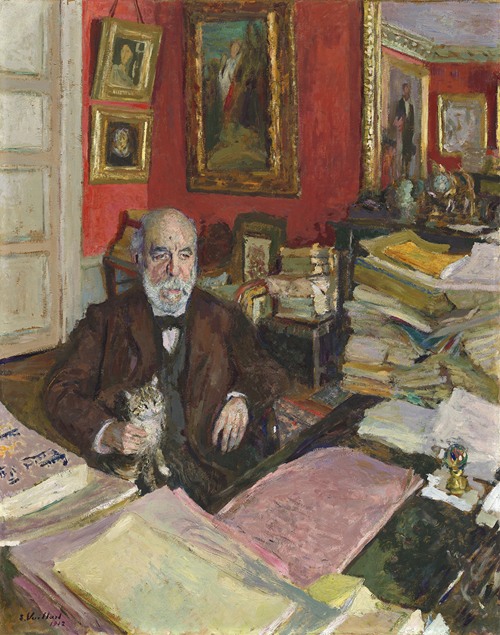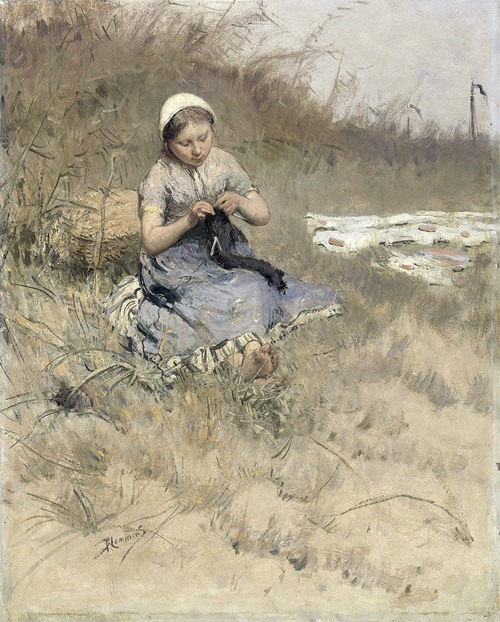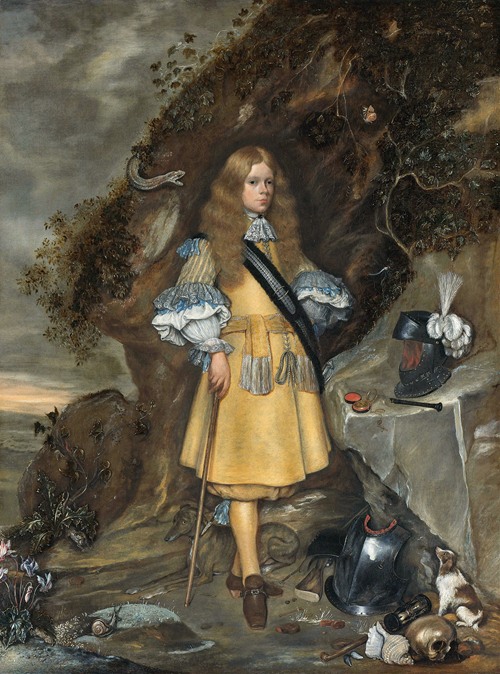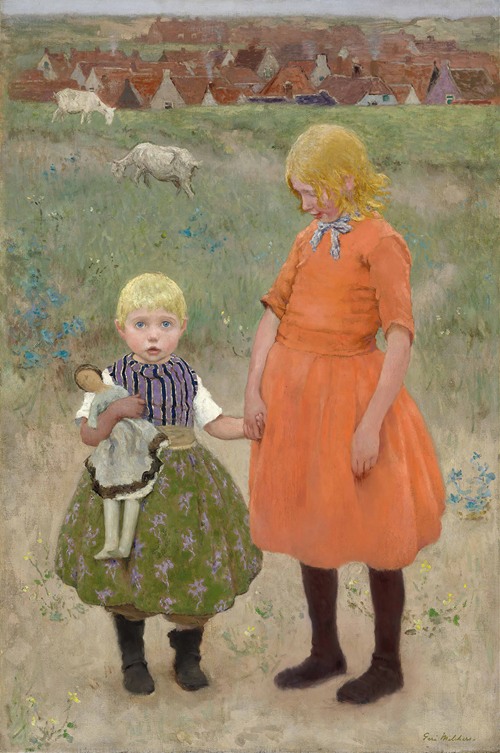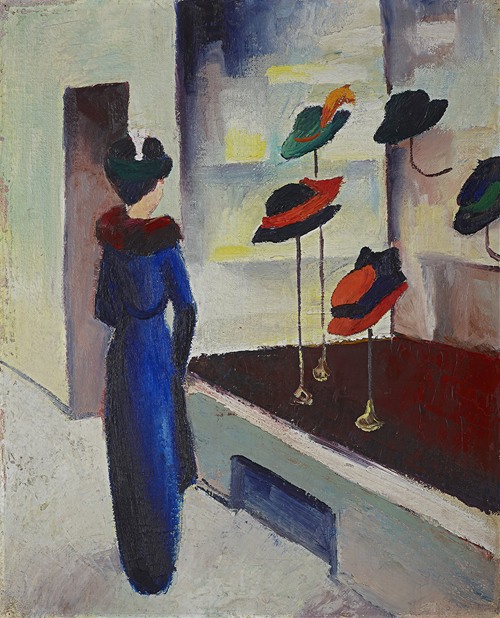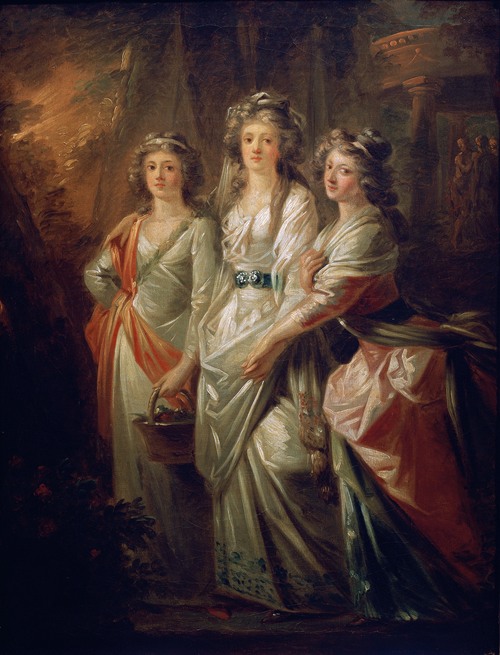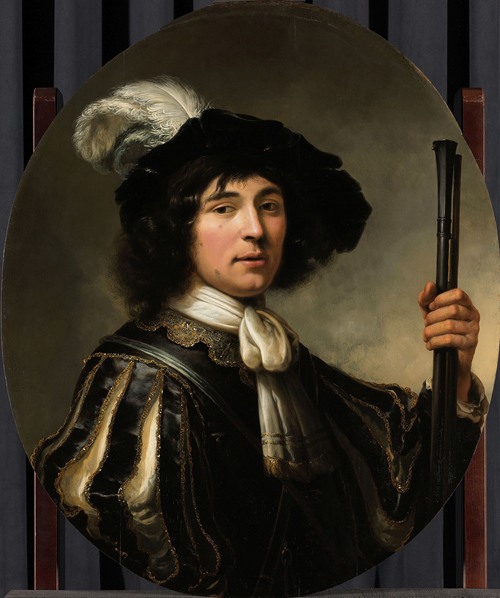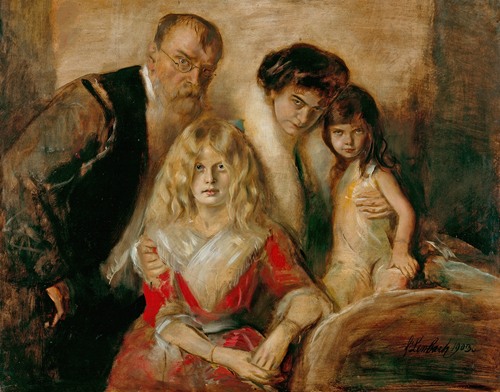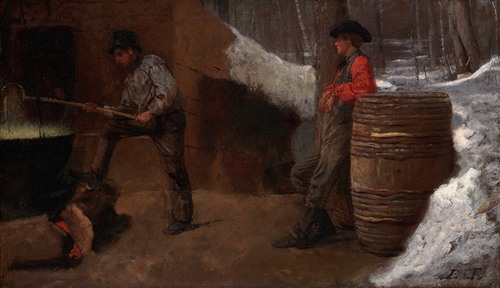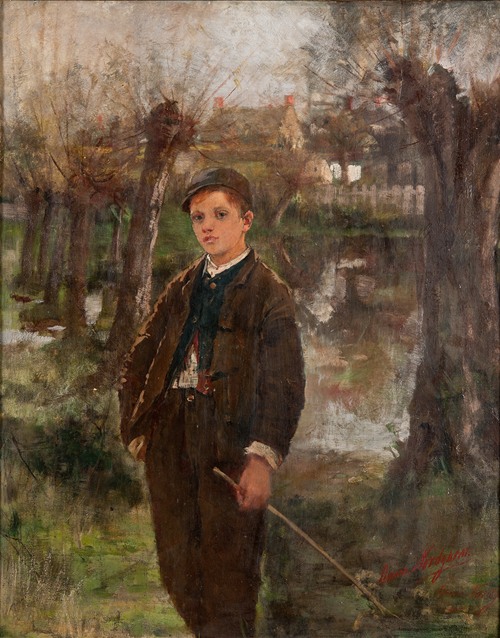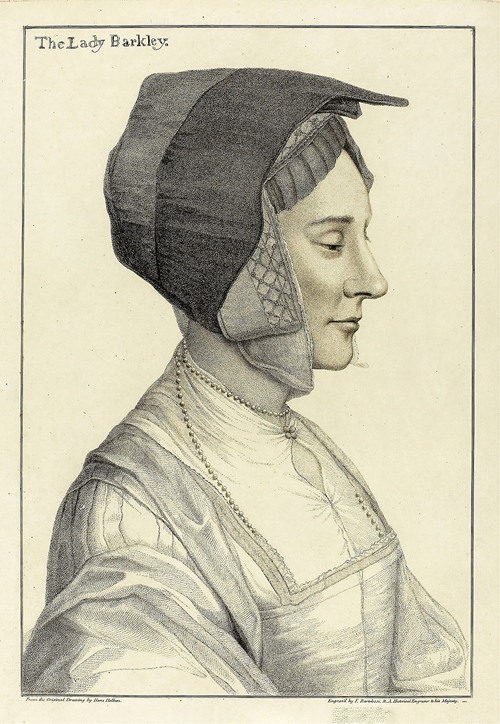
William Stephen Coleman was an English painter and book illustrator.
Born at Horsham, Sussex, he was one of the 12 children of the surgeon William Thomas Coleman and his wife Henrietta Dendy; the artist Helen Cordelia Coleman (1847–1884) was the fifth daughter of the family.
Coleman was unsuccessful in a career as surgeon, and turned to natural history illustration. He collaborated with Harrison Weir, Joseph Wolf and others; in the preparation of the wood-blocks he was assisted by his sister Rebecca. He painted in watercolour, mainly landscapes with figures, in a style with something in common with Birket Foster, and semi-classical figure subjects, related to those by Albert Joseph Moore. His classically-influenced works placed him in the "toga and terrace" or "marble school" with George Bulleid, W. Anstey Dollond, Norman Prescott-Davies and Oliver Rhys.
Coleman also executed etchings, occasionally worked in pastel, and painted in oil. He was a member of the original committee of management of the Dudley Gallery, contributing to the first exhibition in 1865. He continued to exhibit till 1879, and remained on the committee till 1881.
In 1869 Coleman began to experiment in pottery decoration; the Mintons Art Pottery Studio in Kensington Gore was established under his direction in 1871, and he executed figure designs for Mintons ceramic ware. He died after a long illness at 11 Hamilton Gardens, St. John's Wood, on 22 March 1904. His widow survived him.

